Christy Rodriguez
Christy Rodriguez
Former Travel and Finance Content Contributor
86 Published Articles
Countries Visited: 36U.S. States Visited: 31
After having “non-rev” privileges with Southwest Airlines, Christy dove into the world of points and miles so she could continue traveling for free. Her other passion is personal finance, and is a cer...
Edited by: Keri Stooksbury
Keri Stooksbury
Editor-in-Chief
109 Published Articles 3824 Edited Articles
Countries Visited: 54U.S. States Visited: 28
Editing with Upgraded Points for over 6 years, as editor-in-chief, Keri manages the editorial calendar and oversees the efforts of the editing team and over 20 content contributors, reviewing thousand...
& Kellie Jez
Kellie Jez
Director of Operations
6 Published Articles 1248 Edited Articles
Countries Visited: 10U.S. States Visited: 20
Kellie’s professional experience has led her to a deep passion for compliance, data reporting, and process improvement. Kellie’s learned the ins and outs of the points and miles world and leads UP’s c...
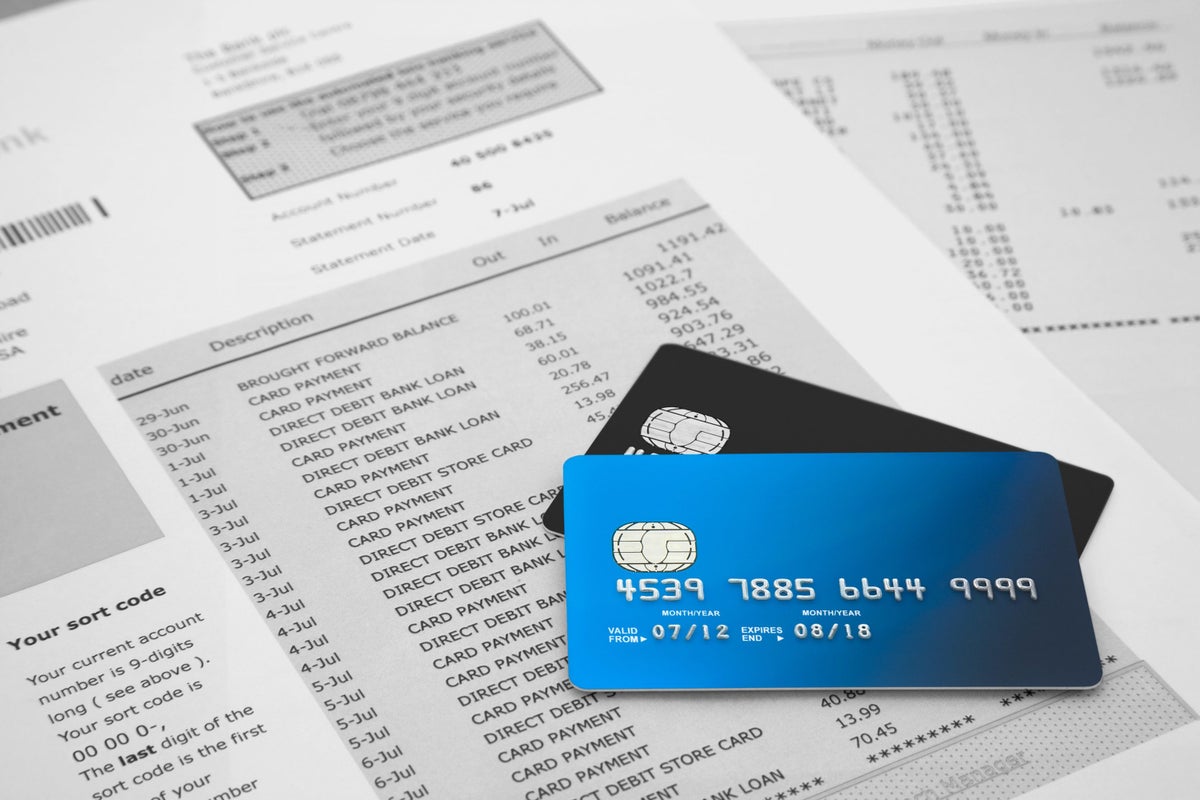

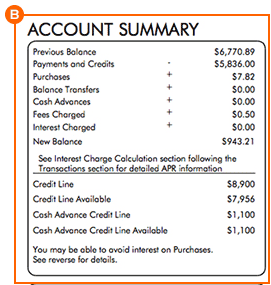
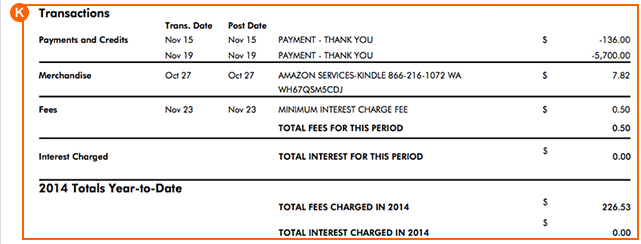

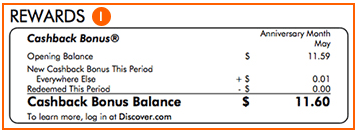
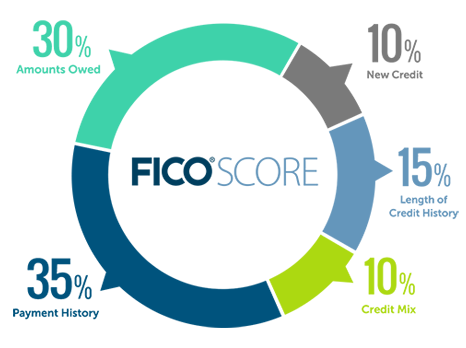
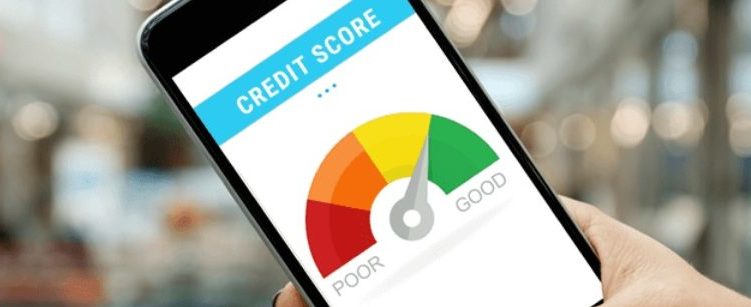
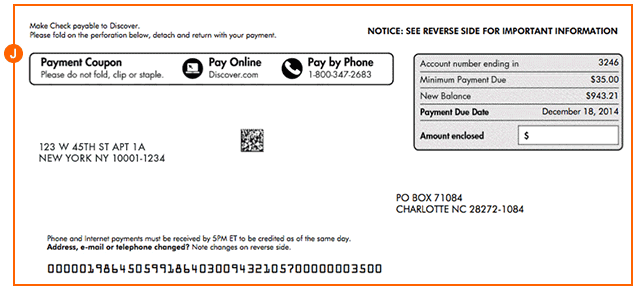
![Southwest Rapid Rewards Priority Credit Card – Full Review [2025]](https://upgradedpoints.com/wp-content/uploads/2019/10/Southwest-Priority-Card-Art.png?auto=webp&disable=upscale&width=1200)
![IHG One Rewards Traveler Credit Card — Review [2025]](https://upgradedpoints.com/wp-content/uploads/2023/06/IHGOneTravelerCard.png?auto=webp&disable=upscale&width=1200)
![Chase Freedom® Credit Card — Full Review [2025]](https://upgradedpoints.com/wp-content/uploads/2019/11/Chase-Freedom-Card.png?auto=webp&disable=upscale&width=1200)
![Marriott Bonvoy Boundless Credit Card — Full Review [2025]](https://upgradedpoints.com/wp-content/uploads/2020/01/marriott_bonvoy_boundless_card.png?auto=webp&disable=upscale&width=1200)